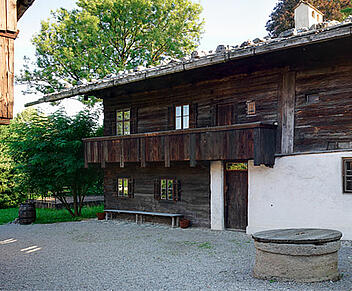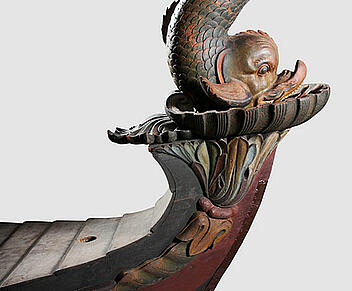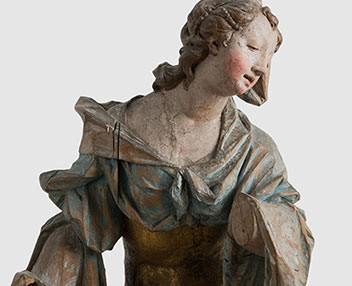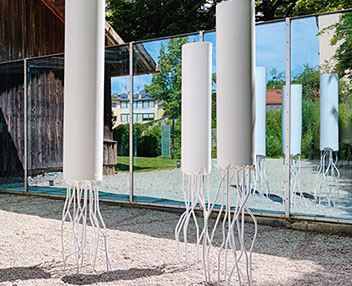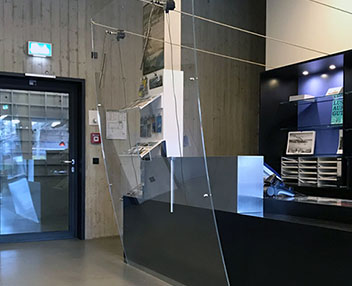The Collection
When the museum was established, this set the ball rolling for the development of a collection of regional everyday objects and fine art. It reflects the museum’s broad thematic orientation and the low-threshold approach to collection adopted in its early years. Some items are of enormous cultural and historical significance, while others are mainly precious as documents of their time. Recording the museum’s regional attachment, the collection formed the basis for the development of the place where its mission is carried out.
Stock
Over its existence spanning more than a century, the museum collection has grown to over 6,000 items. It has been catalogued for further research and exhibitions, and is carefully conserved. The biggest single exhibit (and also one of the museum buildings) is Lochmann House. Other particularly prominent items include the Female Saint of Starnberg by Ignaz Günther from 1755, the Delphin (‘Dolphin’) dating back to 1835 (the last boat to have been preserved from the magnificent fleet of vessels owned by Bavarian dukes and kings), and a copy of the Great Map of Bavaria drawn up by Philipp Apian in 1563.
Presentation
The collection serves the museum as a basis to convey the present by referring to history. It’s a valuable resource for the collective memory of the region and enables a direct view of its social, cultural, political, artistic, and natural past. Selected items from the collection are on permanent display in the museum or shown to the public in exhibitions. The collection can also be accessed for research purposes by prior arrangement.
Development
The museum considers its mission and responsibility to be the preservation of objects of particular regional significance for society as a whole.
